Introduction
Mobile applications have changed the way artists, engineers and hobbyists think about 3D design in the fast changing environment of digital creativity, bringing more advanced tools to a wider audience. The Android 3D Modeling App is an impressive, easy-to-use application that allows users to design, carve and paint three dimensional models right in the palms of their hands (smartphones or tablets). This application is harnessed by its easy to use gesture controls, intuitive vertex, edge, and face manipulation tools and its integration with the industry standard workflow to deliver the intricate art of 3D modeling to the fingers of the novice and expert designers.
Its light weightiness, a large selection of materials and the ability to export it easily makes it an adaptable tool that can be used in a great number of different applications such as game design or engineering. This essay discusses the fundamental features of this app, its access and usability, its effects on the creative industries, and how it is democratizing the 3D design process, but also covers its weakness and its opportunities to expand in the mobile creative industry. The first strength of the 3D Modeling App is its interface, which is intuitive and controlled by gestures that makes it easy to create sophisticated 3D models.
One can move, rotate, and scale objects or the camera by simple swipes, pinches, or taps and is not required to follow by a stylus but the app does support a stylus that can be used to perform precise work. This manipulation-based workflow enables quick navigation of 3D objects, so that the workflow can be easily accessed by users who do not have prior modeling knowledge. The app provides a collection of commands to work with vertices, edges, faces, so a user can merge a vertex, connect a face, extrude a shape, or draw a cut in one swipe.
Create 3D figures in various styles
To illustrate, a user who is creating a 3D character can carve out the faces by dragging the vertices or make complex structures by extruding the surfaces all with a touch-controllable fluid behavior. It is further simplified by the facility to multi-select elements by long-tapping or drawing frames; this enables users to edit multiple elements at the same time. This rapid, interactive workflow is such that producing a detailed model, be it a character to work in a game, or a prototype to work on a product, is a natural, efficient experience, even on a mobile phone. In addition to the basic modeling functions, the app can be customized to fit the creative requirements of many different users.
Apply a range of features
Users may apply up to 20 varying materials to an individual object, customizable to include textures and colors to create either realistic or stylized appearance. It is especially useful to artists working in CGI graphics or game assets, or to people working in such areas as industrial design or even woodworking, who can model their work using realistic materials. The application also honors an orthographic camera to ensure precision during alignment, and provides functionality to set the specific values of movement, rotation, and scale to ensure a high level of precision on technical projects such as engineering or architectural mockups.
Advanced features to create and edit’
Other features like grid snapping, layer choices and auto-save make it more people-friendly as they allow the user to avoid data loss and give latitude to complex projects. As an example, a furniture designer may sketch a chair, add a wood texture, and resize its size and dimensions to an exact size, all in a mobile setting, which proves the multiplicity of the app in terms of the field of occupation. The compatibility of the app to industry-standard workflow is a strong person which makes it possible to include their mobile creations into professional pipelines. It also allows importing and exporting of the .obj format, which is an extremely popular format used in larger 3D modeling and CAD programs. T
Change and recreate formats
his allows the user to optimize their models in desktop software or to recreate them in a format such as STL, DXF, or FBX to be used more in animation, 3D printing or game development. e.g. a game designer can build a 3D character on his phone on a commute, save it as an.obj file, and then import it into a game engine to be animated. This interoperability is how the app does not only exist independently as a tool, but rather is an important part of a larger ecosystem of creativity. Its capability to work simultaneously, without necessarily requiring some of the more expensive hardware, makes it especially attractive to freelancers, students, or professionals working in a resource- baby friendly setting, filling the divide between the mobile and desktop experience.
Learn easily with tutorial mode
The tutorial mode in the app also makes it easy to use, providing interactive tutorials that guide a user through simple operations such as sculpting or application of texture. These tutorials, together with case studies of advanced techniques, makes the app accessible to the beginner and detailed to the experienced user. As an example, a hobbyist with nonexisting experience in 3D modeling can learn to make a simple 3D object, such as a vase, in minutes, whereas a professional can use the same tools to burnish off a detailed design, such as a car part or a game environment.
Versatile in working
Here the versatility of the app is also subject to niche areas such as in woodworking or automotive design, where users can see the furniture or section of a car in realistic materials. The app drives innovation by enabling these tools to be available on mobile devices and achieve a more inclusive creative ecosystem by removing the need for high-cost software and powerful hardware. It is consistent with larger trends in digital design, as mobile platforms are becoming perceived as a potential replacement to desktop workstations especially in younger creators or in developing areas.
Conclusion
This app is creative magic. The ability to generate detailed 3D models in real-time also allows users to unlock the creativity of the next generation of creators to push the boundaries of creativity across the entire spectrum of applications: game development to industrial design. With the ever-growing mobile technology, applications such as the 3D Modeling App will be instrumental in defining the future of digital creativity, providing insight into the potential of building a digital world where any person with a smartphone can turn his/her 3D imaginations into reality.
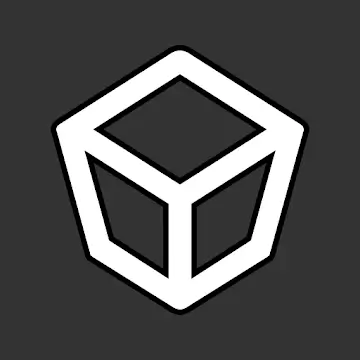

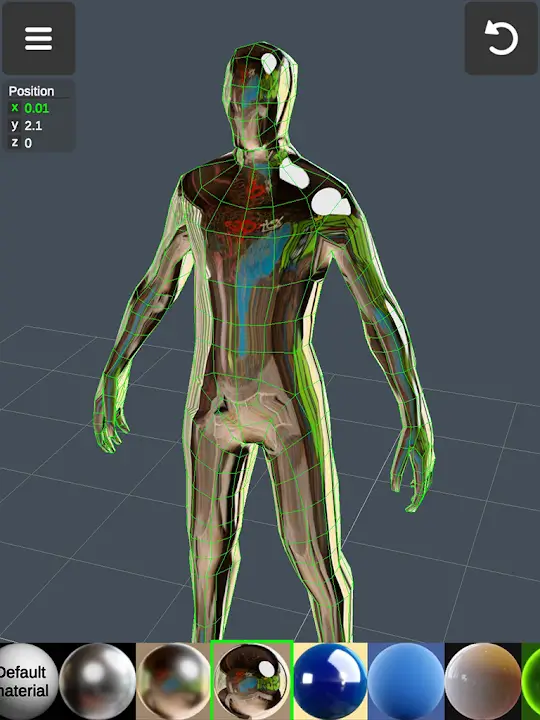
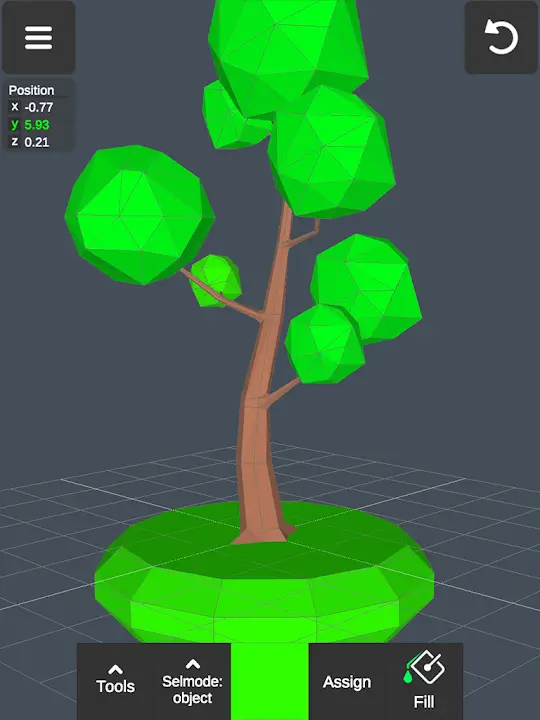
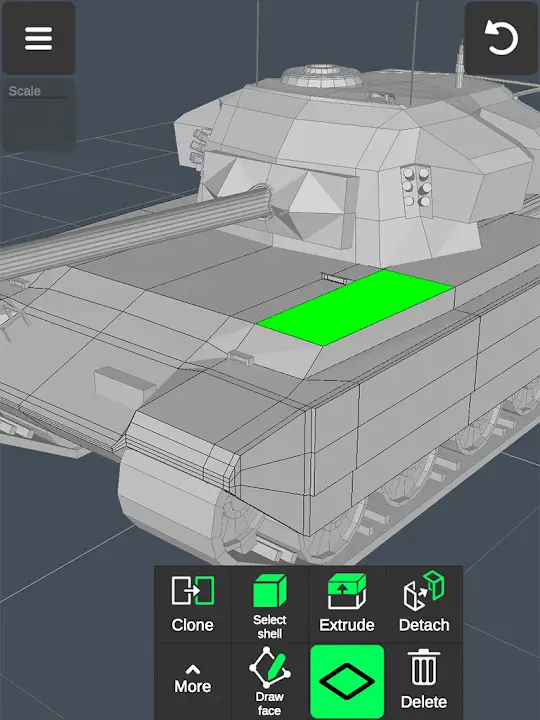
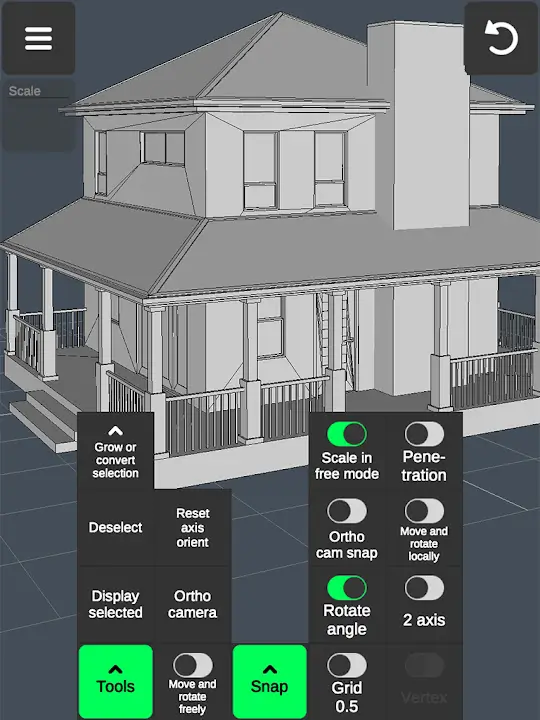
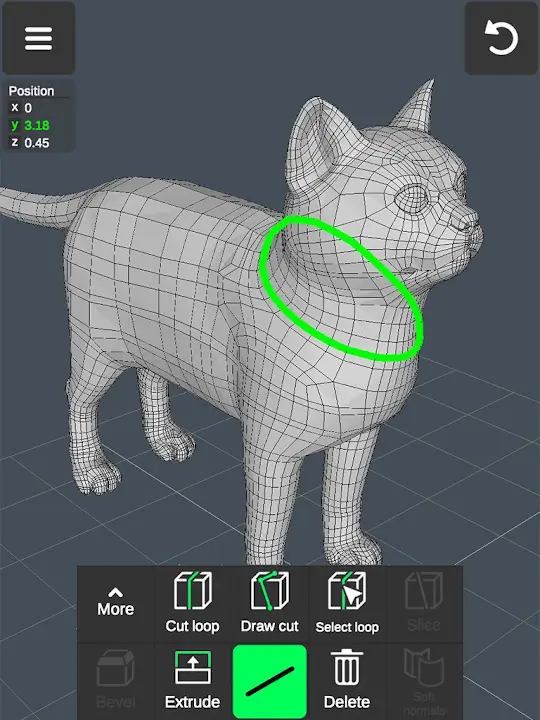
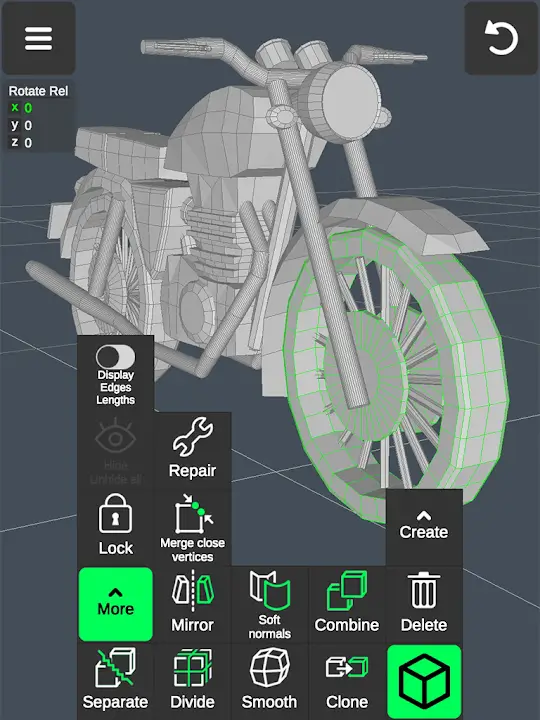
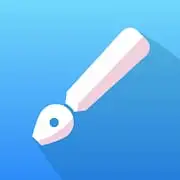
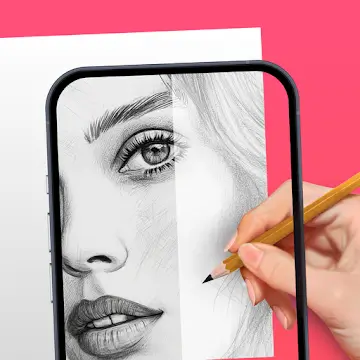
1.webp)
6.webp)
7.webp)
3.webp)
2.webp)
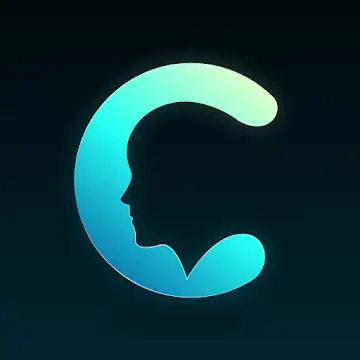
No comments found!